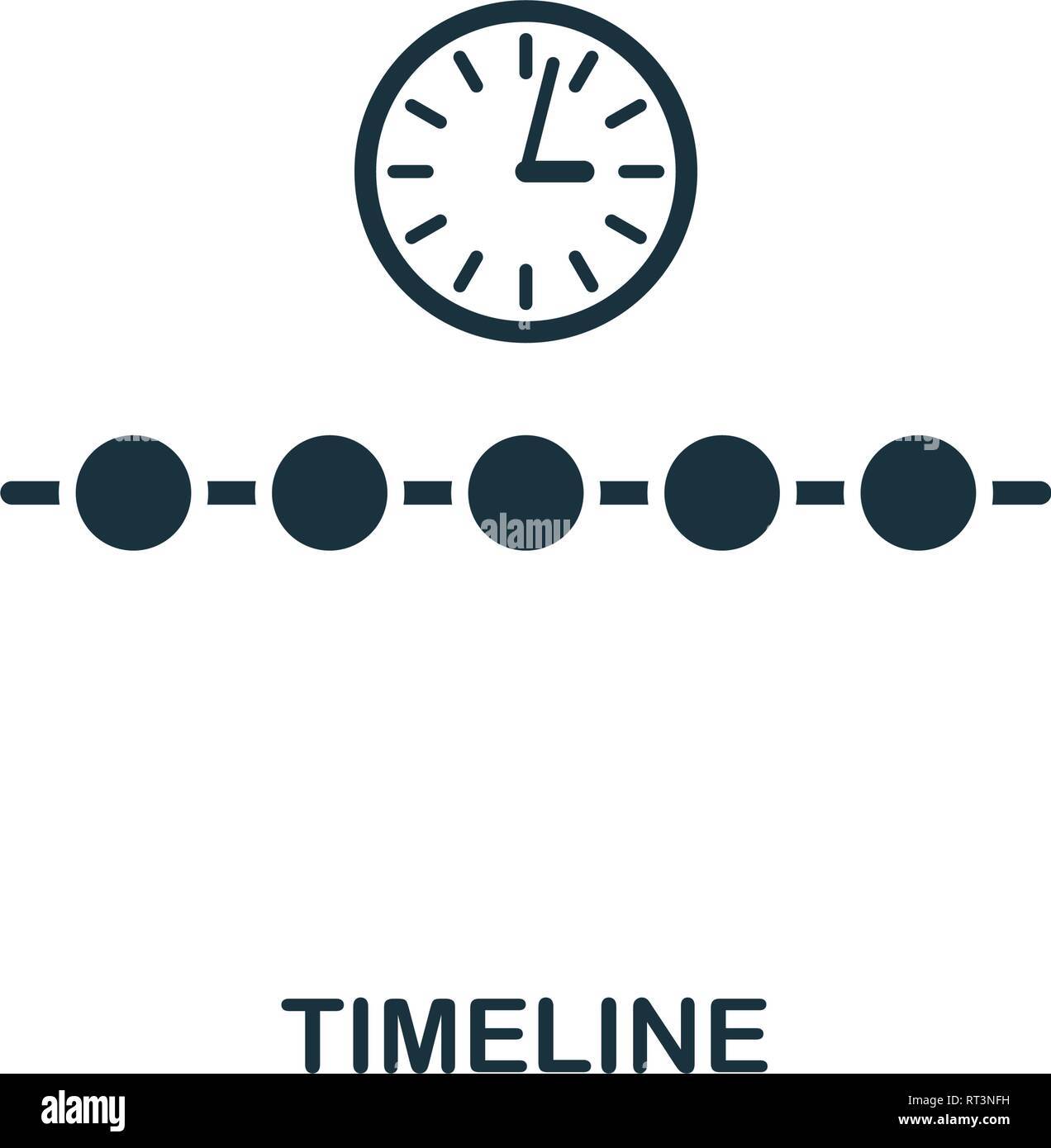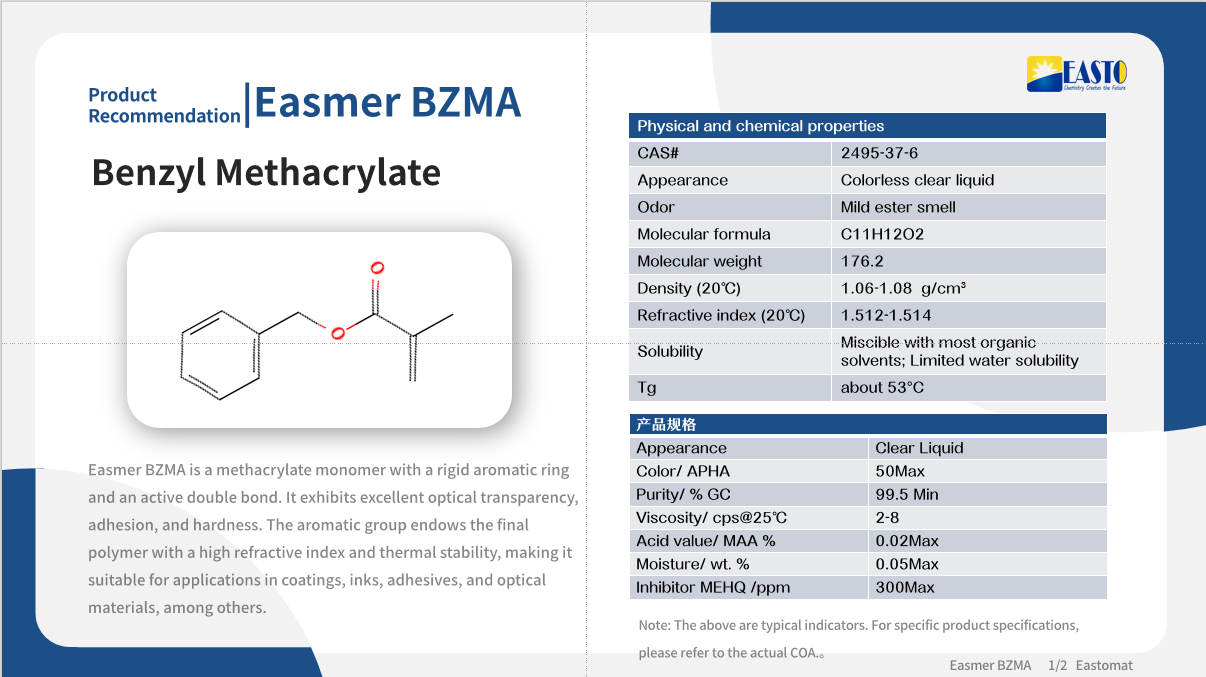A Minimalist History of UV/EB Curing
Release time:
2025-07-22
Foreword: Shine it Fast, Banish Troubles Away
The history of curing technology is, in some ways, complex, and in others, quite simple. Simple, because its goal has never changed: to transform liquids into solids, and the faster, the better. Complex, because there are myriad curing methods, from natural air-drying and heat curing, to today’s protagonists—Ultraviolet (UV) and Electron Beam (EB) curing.
If you're willing to spare a few minutes, let's take a "minimalist" approach to unravel this seventy-plus-year journey of technological evolution. Rest assured, it won't be a brain drain, and we'll even throw in a dash of lightheartedness.
1940s-1950s: Sci-Fi Patents and the Romantic Imagination of High-Energy Labs
In 1946, American company Inmont obtained a patent that read like science fiction: using UV light to "transform" unsaturated polyester/styrene inks, instantly changing liquid to solid. Unfortunately, the technology was too far ahead of its time, and the world wasn't quite ready to embrace this "magic light."
In the 1950s, during the "atomic energy boom" that swept the globe, scientists weren't just thinking about generating power with nuclear energy. They also began experimenting with electron beams or gamma rays to "irradiate" materials, hoping to trigger polymerization. The results were surprising: certain monomers (especially acrylate monomers containing double bonds), when exposed to radiation, could instantly harden, bypassing steps like heating and solvent evaporation. This discovery marked the beginning of radiation curing technology. However, at that time, equipment was expensive and complex to operate, primarily used in research and high-end industries, still far from commercialization.
1960s: Commercial Applications Emerge
By the 1960s, a "gentler" radiation source was found: ultraviolet light. Compared to high-energy electron beams or gamma rays, UV light had lower energy and more controllable equipment costs, making it more suitable for widespread application.
In 1968, the German company Bayer was the first to develop photocurable wood coatings, marking radiation curing technology's official debut from the laboratory!
1970s: UV/EB Starts to Find Its Footing and Develop Rapidly
The 1970s was a period of rapid development for UV/EB curing. With rising environmental awareness, some European and American countries began restricting organic solvent emissions (VOCs). The UV/EB systems, with their "zero solvent" and "fast-drying, non-tacky" advantages, gained attention.
During this time:
UV curable coatings began to be applied to furniture wood surfaces.
EB curing started to make its mark in fields such as magnetic tapes, cable coatings, and metal packaging materials.
Taiwan was among the first in Asia to introduce UV printing technology, becoming one of the earliest regions to promote radiation curing applications.
1980s: Mainland China "Introduces UV curing," Industrialization Shows Its Edge
In the early 1980s, radiation curing in mainland China was still in the research and exploration stage. With the progress of reform and opening-up, foreign technologies and equipment were gradually introduced. Institutions like Beijing University of Chemical Technology and the Institute of Chemistry, Chinese Academy of Sciences, began researching UV/EB polymerization mechanisms and formulation systems.
Concurrently, UV curing applications in Taiwan gradually expanded to various fields, including PVC flooring, mobile phone keypads, and electronic component encapsulation. Many enterprises successively entered the UV curing market, laying the foundation for future development.
1990s: Driven by Both Environmental Pressure and Market Pull
During this period, stricter environmental policies in Europe and America pushed UV/EB curing to become one of the mainstream green processes. Its applications continued to expand in printing, woodworking, electronics, and medical fields.
Mainland China also reached a technological turning point:
The first batch of domestically produced UV curing equipment emerged.
A group of local manufacturers of acrylate monomers and photoinitiators rose.
UV products such as inks, coatings, and adhesives began to enter the market in small batches.
Guangdong, Jiangsu, and Hunan became industrial clusters, promoting the initial industrialization of the entire sector.
2000s: LED Light Sources Emerge, UV/EB Becomes Lighter and More Flexible
At the turn of the century, UV-LED burst onto the scene. It not only addressed the environmental issues of traditional mercury lamps but also offered advantages like long lifespan, instant on/off, and low heat emission.
This technology quickly found applications in Taiwan, Japan, South Korea, and other regions, driving the emergence of new scenarios such as UV inkjet printing, mobile phone cover coating, and optical film curing.
Mainland China's UV/EB market also expanded rapidly during this time:
The number of domestic UV ink, coating, and photosensitive resin companies grew rapidly.
Although EB equipment was still mainly imported, the user base expanded.
Industry exhibitions and academic conferences were active, and the industrial ecosystem began to take shape.
2010s: Smart Manufacturing + Refinement + Localization
Entering the 2010s, UV/EB curing technology was no longer just about "fast drying"; functionality and precision became key terms:
Photocuring 3D printing grew rapidly.
The precision of UV adhesives for electronic assembly reached the micron level.
Domestic LED light source manufacturers rose, achieving self-sufficiency in core components.
Mainland China's UV/EB raw material system also became increasingly sophisticated, with local manufacturers achieving breakthroughs in photoinitiators, low-migration monomers, and zero-VOC diluent systems. Concurrently, Taiwan focused on developing high-value applications, such as medical device coatings and flexible display encapsulation.
2020s: Dual Drive of Green Manufacturing and Domestic Substitution
Today, UV/EB curing is not just an "environmental" label; it has become a technological cornerstone for "digital manufacturing" and "green manufacturing."
Current trends include:
ESG pressure driving more companies to adopt low-VOC, solvent-free processes.
Emerging fields like new energy, lithium batteries, and flexible electronics adopting UV/EB systems.
The proportion of domestically produced high-end materials continuously increasing.
UV-LED + AI control + traceable manufacturing becoming the new standard for smart production lines.
Mainland China's market is also differentiating: on one hand, large-scale standard product applications (e.g., packaging printing); on the other, rapid breakthroughs in high-end customized applications (e.g., precision coatings, medical photosensitive materials).
Conclusion: UV/EB is Not Just "Fast Glue," but a Key Tool for the "Fast Era"
From high-energy radiation experiments in laboratories to current curing processes used in mobile phones, food packaging, 3D printing, photovoltaic modules, and medical devices, UV/EB technology has become an indispensable part of modern manufacturing.
Its development story is also a microcosm of how the manufacturing logic of "faster, more precise, and more environmentally friendly" has evolved and intertwined across different countries and regions.
How will it evolve in the future? We might as well "wait and see the light."
Appendix: UV/EB Technology Development Timeline
Decade | Key Event |
1950s | Initial discovery of radiation-induced polymerization. |
1960s | Commercial launch of photocurable wood coatings. |
1970s | Rapid development of UV coatings for paints and inks. |
1980s | Taiwan forms industrial applications; Mainland China begins basic research. |
1990s | UV/EB enters Mainland China market for initial promotion. |
2000s | UV-LED emerges, Asia becomes a key development region. |
2010s | Rapid development of precision manufacturing and 3D printing, rise of domestic supporting industries. |
2020s | Acceleration of intelligence, green manufacturing, and domestic substitution. |
Previous Page
Next Page
Previous Page
Next Page
Latest News
Get a Free Consultancy
NANTONG EASTO MATERIALS TECHNOLOGY CO.,LTD.

No.118,Zhujiang Rd.,Juegang St.,Rudong County,
Nantong City,Jiangsu Province,226400,China




 2025-07-22
2025-07-22






